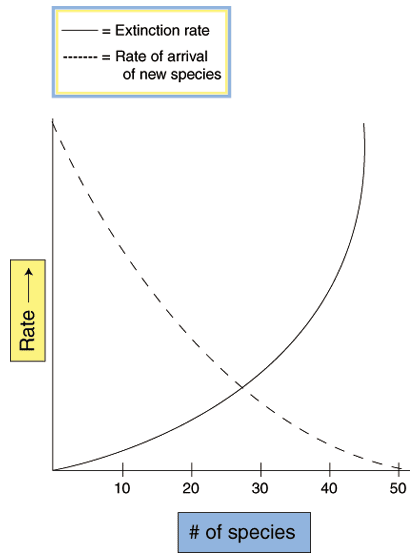Please wait while we process your payment
If you don't see it, please check your spam folder. Sometimes it can end up there.
If you don't see it, please check your spam folder. Sometimes it can end up there.
Please wait while we process your payment

By signing up you agree to our terms and privacy policy.
Don’t have an account? Subscribe now
Create Your Account
Sign up for your FREE 7-day trial
By signing up you agree to our terms and privacy policy.
Already have an account? Log in
Your Email
Choose Your Plan
Individual
Group Discount
Save over 50% with a SparkNotes PLUS Annual Plan!
 payment page
payment page
Purchasing SparkNotes PLUS for a group?
Get Annual Plans at a discount when you buy 2 or more!
Price
$24.99 $18.74 /subscription + tax
Subtotal $37.48 + tax
Save 25% on 2-49 accounts
Save 30% on 50-99 accounts
Want 100 or more? Contact us for a customized plan.
 payment page
payment page
Your Plan
Payment Details
Payment Summary
SparkNotes Plus
You'll be billed after your free trial ends.
7-Day Free Trial
Not Applicable
Renews March 1, 2025 February 22, 2025
Discounts (applied to next billing)
DUE NOW
US $0.00
SNPLUSROCKS20 | 20% Discount
This is not a valid promo code.
Discount Code (one code per order)
SparkNotes PLUS Annual Plan - Group Discount
Qty: 00
SparkNotes Plus subscription is $4.99/month or $24.99/year as selected above. The free trial period is the first 7 days of your subscription. TO CANCEL YOUR SUBSCRIPTION AND AVOID BEING CHARGED, YOU MUST CANCEL BEFORE THE END OF THE FREE TRIAL PERIOD. You may cancel your subscription on your Subscription and Billing page or contact Customer Support at custserv@bn.com. Your subscription will continue automatically once the free trial period is over. Free trial is available to new customers only.
Choose Your Plan
This site is protected by reCAPTCHA and the Google Privacy Policy and Terms of Service apply.
For the next 7 days, you'll have access to awesome PLUS stuff like AP English test prep, No Fear Shakespeare translations and audio, a note-taking tool, personalized dashboard, & much more!
You’ve successfully purchased a group discount. Your group members can use the joining link below to redeem their group membership. You'll also receive an email with the link.
Members will be prompted to log in or create an account to redeem their group membership.
Thanks for creating a SparkNotes account! Continue to start your free trial.
We're sorry, we could not create your account. SparkNotes PLUS is not available in your country. See what countries we’re in.
There was an error creating your account. Please check your payment details and try again.
Please wait while we process your payment

Your PLUS subscription has expired
Please wait while we process your payment
Please wait while we process your payment

Problems 2
Problem :
In the , what is the
number of
species that will be present at equilibrium?

Problem : How can you determine what species will be present at when a habitat reaches equilibrium?
You cannot determine which species will be present when a habitat reaches equilibrium because at equilibrium the number of species present remains the same, but the individual species will change.Problem : How is an area cladogram constructed? What information does it give us?
An area cladogram is made by replacing the species names on a taxonomic tree with the geographic location in which they are found. This allows scientists to determine how the difference in environments has affected the evolutionary history of different species of common origin.Problem : Describe the species richness equilibrium model.
The model begins with an uninhabited "island" (either a literal island or an area of like habitats completely surrounded by unlike habitats). All species available to colonize the new area are called the "species pool." As more and more new species enter the new area, the species pool becomes smaller and smaller, and the probability that any given species that moves into the area will be a new species, or the immigration rate, decreases. At the same time, the island is becoming more and more crowded and supplies become scarce, causing the extinction rate to increase. The point at which the extinction rate and the immigration rate are balanced is called the equilibrium point. The model predicts that changes in extinction and immigration rates will tend toward the equilibrium point, which is different for every island, depending on resources and degree of separation from other areas.Please wait while we process your payment

